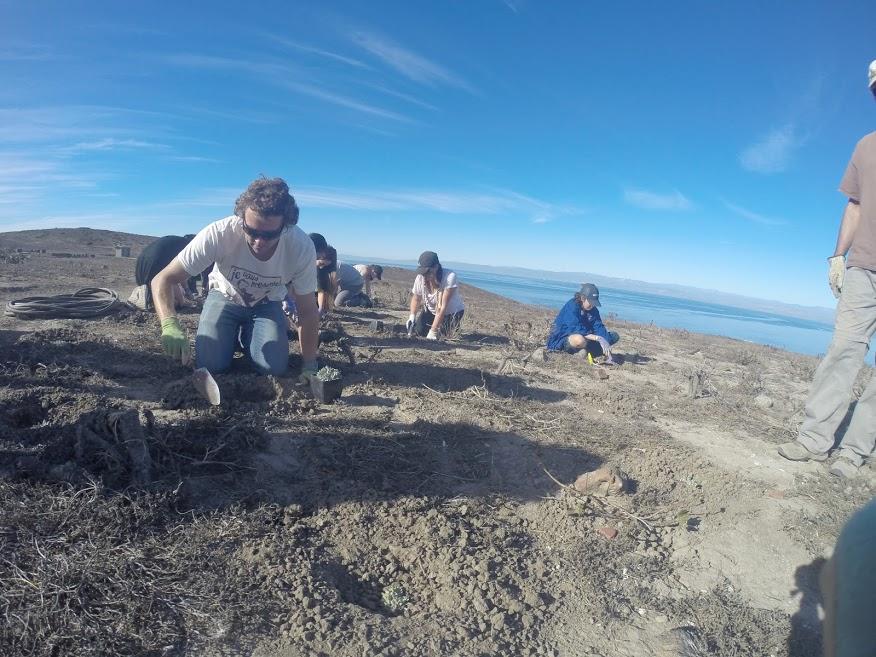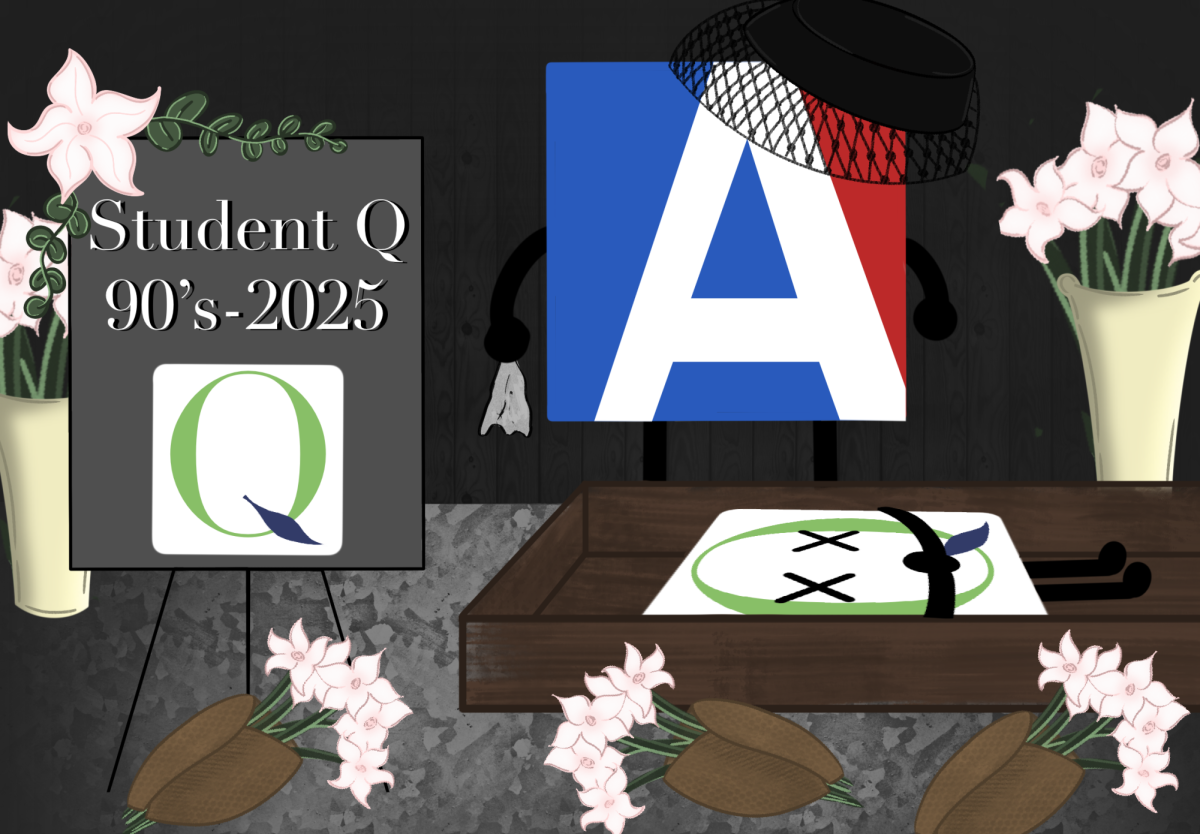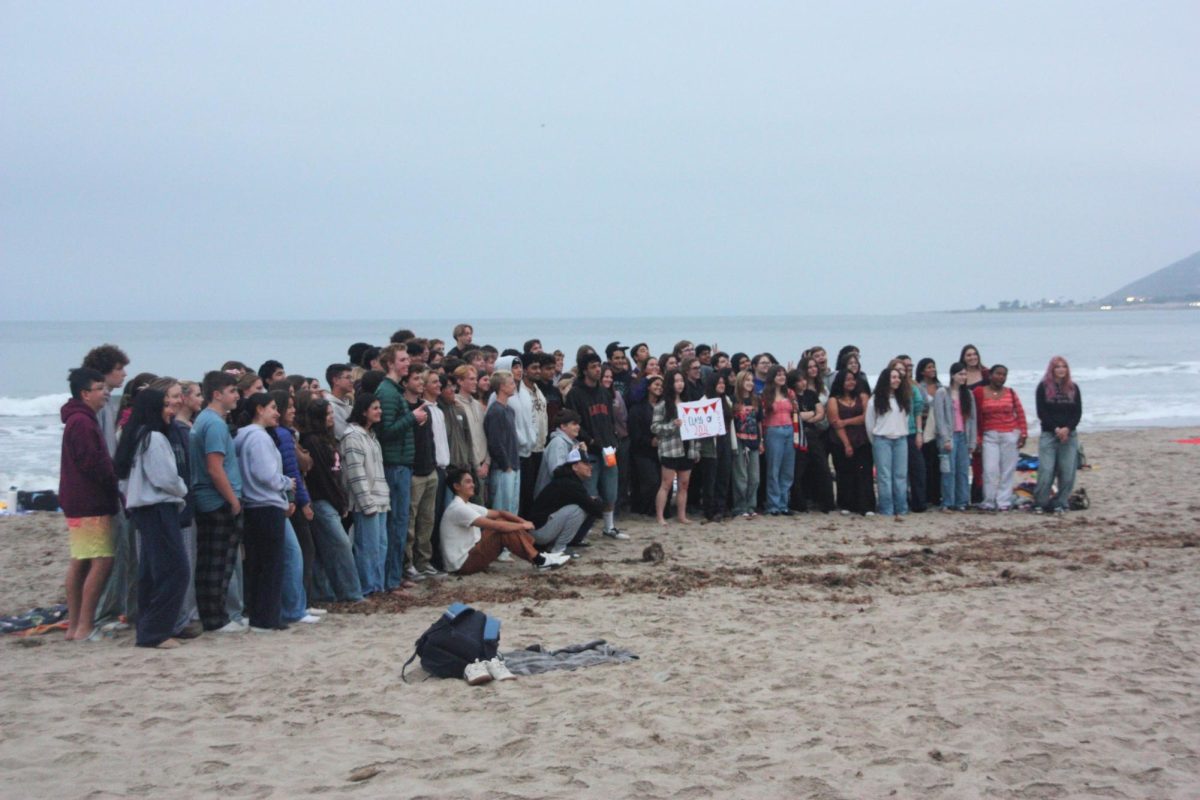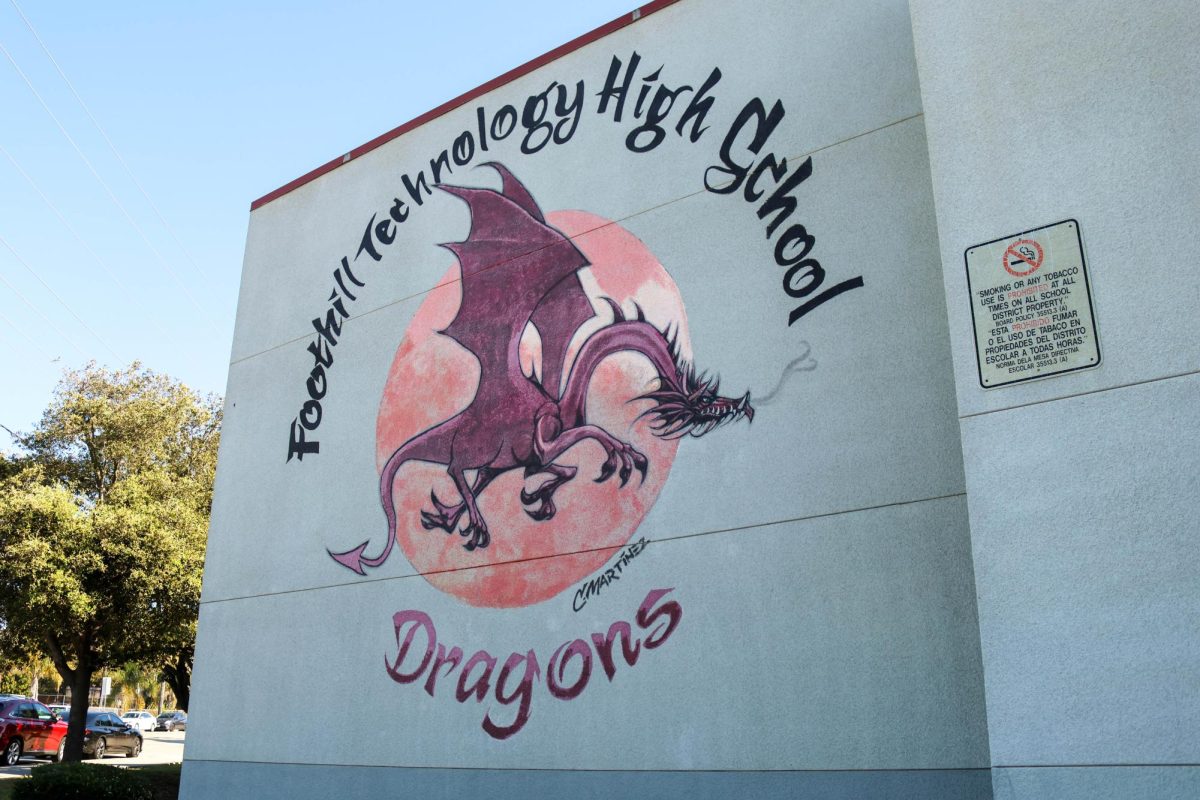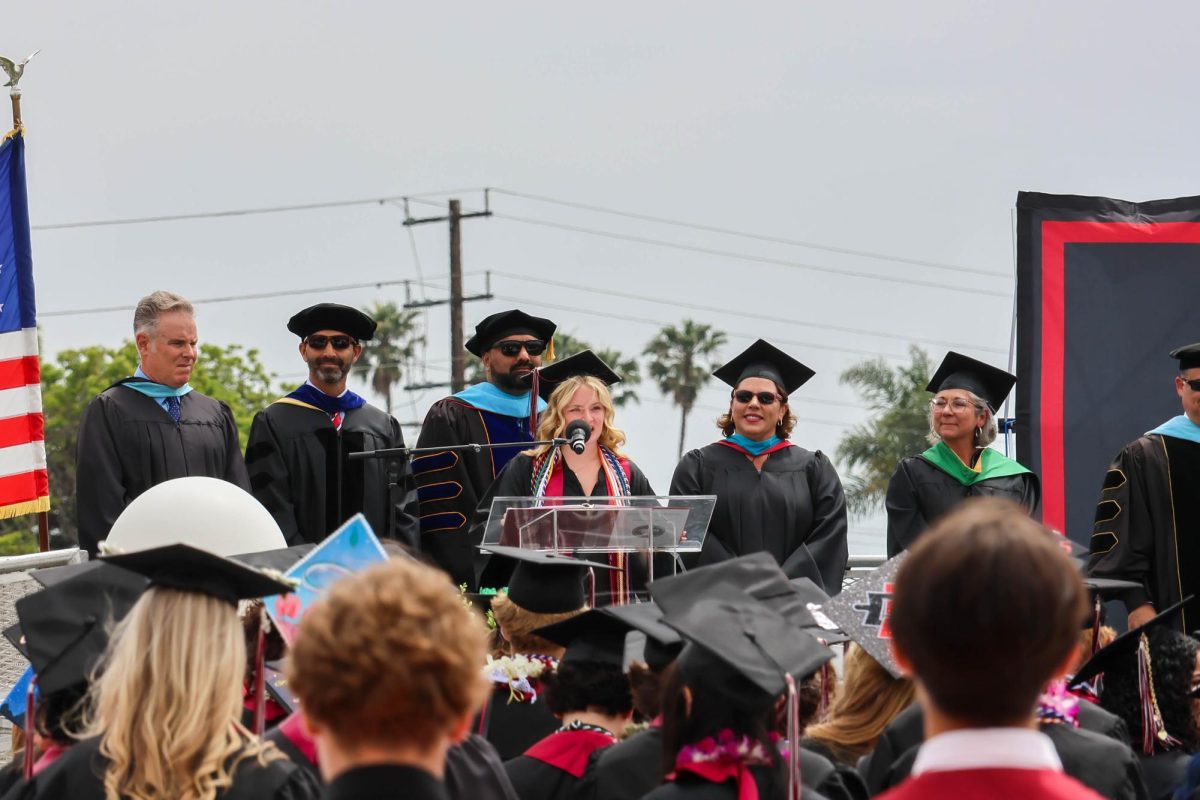Thirteen students and two teachers embarked on an all-day wildlife preservation trip last Friday to Anacapa Island. This is the first trip the newly-formed Environmental Club has taken.
Thirteen students and two teachers embarked on an all-day wildlife preservation trip last Friday to Anacapa Island. This is the first trip the newly-formed Environmental Club has taken.
“The idea [of the trip] is that the students are getting to experience a restoration project that’s related to the environment, but [also] to get them out of the classroom and see what a project like that looks like, in terms of a real life situation for future jobs,” Josiah Guzik, Environmental Club advisor, said.
“The National Park Service gets volunteers from groups like us, and they pay our way out to the islands for us to be able to spend a day out there,” Guzik said. For this trip the National Park Service employed Island Packers for the club.
With the club consisting of 35 students, only 20 could go since the district requires one chaperone per 10 students and there was difficulty finding a third chaperone. The students who went were randomly picked in a lottery-style drawing.
[soundcloud url=”https://api.soundcloud.com/tracks/234164637″ params=”color=ff0000&auto_play=false&hide_related=false&show_comments=true&show_user=true&show_reposts=false” width=”100%” height=”166″ iframe=”true” /]
Senior Katherine Holmes felt the raffle “was pretty fair because they made it so if you were entered into the lottery, you had already previously helped out in the club.”
Students departed from the docks around 9:30 a.m., taking an hour long boat ride and encountering some humpback whales along the way.
Upon arriving, students got to go on a hike learning about the ecology of the island. During the hike it was explained that the Chumash used the island for trading shells and making canoes.
They then planted succulents to preserve the habitats. Succulents use less water and are native to the area, making them blend into their naturally grown counterparts. They also act as a natural barrier to stop soil erosion.
One of the main problems with unique islands like Anacapa Island is invasive species such as ice plants. They attack the native plants, which don’t grow in many other places. In addition, invasive plants corrode the soil, making it more difficult for the native plants to grow back.
Helping preserve the biodiversity in ecosystems similar to the National Parks Service is the type of work Environmental Club wants to achieve. The goal of the trip, according to Co-President Rugile Pekinas, was not only to help care for the island’s ecosystem, but also to bring the club close together.
“The goal in mind was to bring unity to the club. We didn’t disclose this event until after we were sure that our members were there not just for island trips and for missing days of school, they were there because they really cared about what we were doing,” Co-President Rugile Pekinas said. “They cared about making Foothill more green and I think we really accomplished that.”
Guzik said, if the students could take just one thing away from this trip, it would be “that they enjoy giving back to the environment, and feeling like they are doing their part to help the environment and our local community.”
Environmental Club Co-President Bella Bobrow is News Editor for the Dragon Press, and Co-President Rugile Pekinas is Sports Editor. Neither were involved in writing or editing this article.
Background Photo Credit: Senior Julian Martinez (Used with permission)

